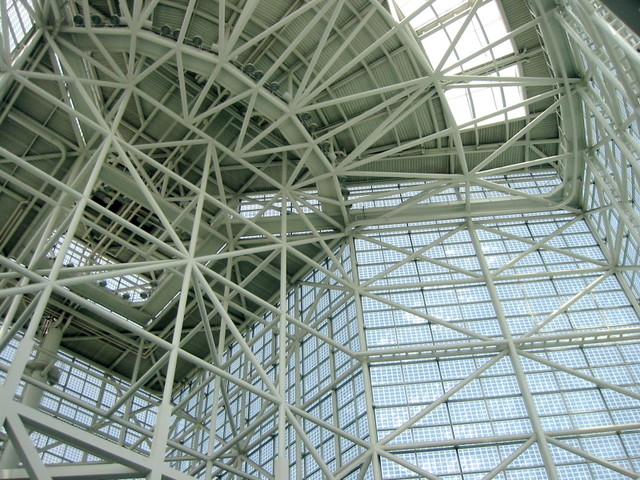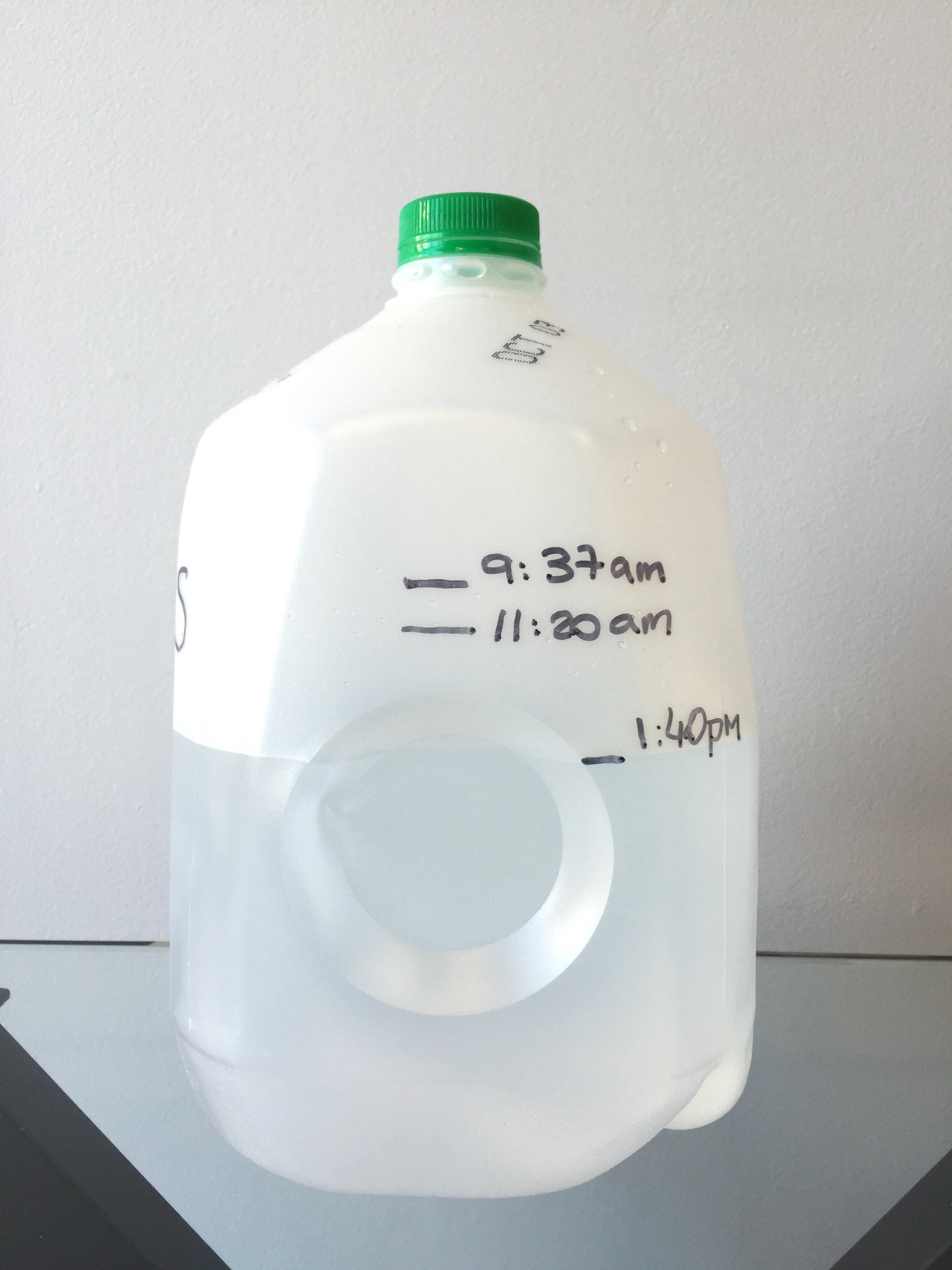Post by Kayla Imhoff from TreePeople LA
Even after 42 years, TreePeople’s message has remained the same. We exist to help nature heal our cities.
However, we’ve shifted our methods to carry out our mission as we strive to ebb and flow with ever changing environmental challenges in Los Angeles. Our education program is a prime example. TreePeople has always been a force for effective environmental education. The original Eco-tour program, which started in the late 70’s, still exists today. Every day, students visit Coldwater Canyon Park to experience the wonder of nature firsthand. Today, TreePeople is proudly recognized as the largest environmental education provider in the state, seeing well over 10,000 school kids each year.
In 1985, when the City of Los Angeles struggled to motivate residents to adopt a curbside recycling program, who did they turn to? TreePeople. Using a combination of school assembly presentations, as well as the Eco-tour program, we were able to influence students on the importance of reducing, reusing and recycling. Furthermore, children walked away inspired to implement these skills in their homes. As a result, the city saw the recycling movement soar.
Amidst a four year drought, our concerns have shifted from waste to water. As busy parents struggle to understand the implications of drought and new water restrictions, TreePeople is raising up a generation passionate about conservation. Kids get it. In fact, educating kids about LA’s urban watershed has been our focus since the early 90’s—years before the drought began.
What started as a simple, tangible model of our water cycle using paper cups has become a much more sophisticated operation. We now have an entire urban watershed garden, complete with live models, allowing students to watch rain journey from the sky to storm drains, carrying pollutants to the ocean. Their faces often express their shock. How could “grown ups” build such a problematic system? On the flip side, our “sustainable solutions house” lets students see the potential for stormwater capture. That same rainfall can be collected in rain-barrels and used into mulched climate-appropriate landscaping.
I love seeing kids leave, feeling empowered to make a difference in their households. We even get fan mail. Children send us thank you letters, and update us on how they’re employing their new skills. We hope they’ll inspire their parents. And they often do.

As an organization, we aim to solve urban environmental issues. This work has several branches. We work on the policy level with city agencies, facilitate a hands-on forestry restoration program, offer community workshops, and maintain our commitment to our K-12 education program. We know kids are they key to change. They are our future. When you invite them to make a difference they don’t just listen. They act. Let’s learn from them!
TreePeople just launched a campaign for the LA2050 competition and they need support in the form of votes. Click here and see what it’s all about.
If you want to know more about the organization and how you can help head on over to their website. We also love connecting with them through social media – Facebook, Twitter and Instagram.








